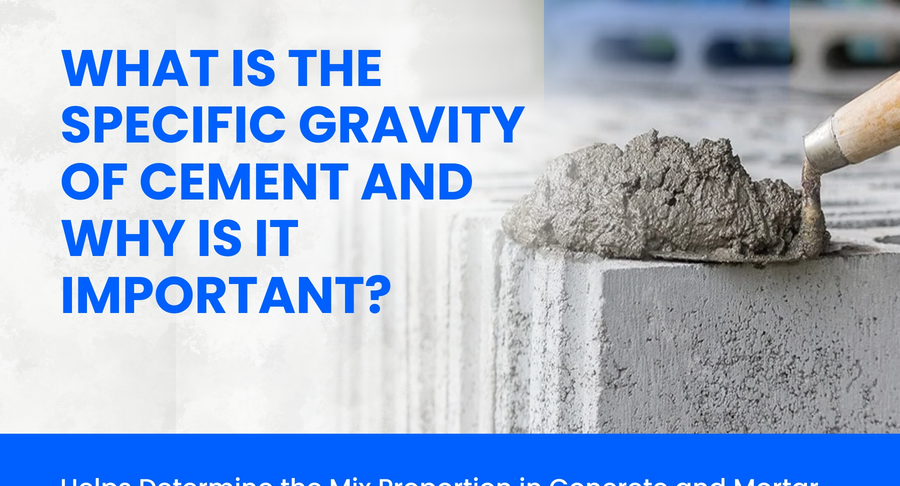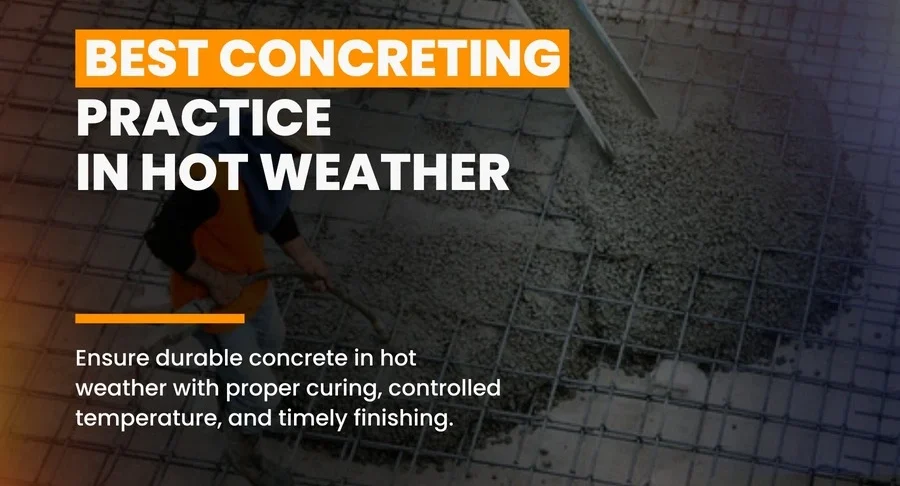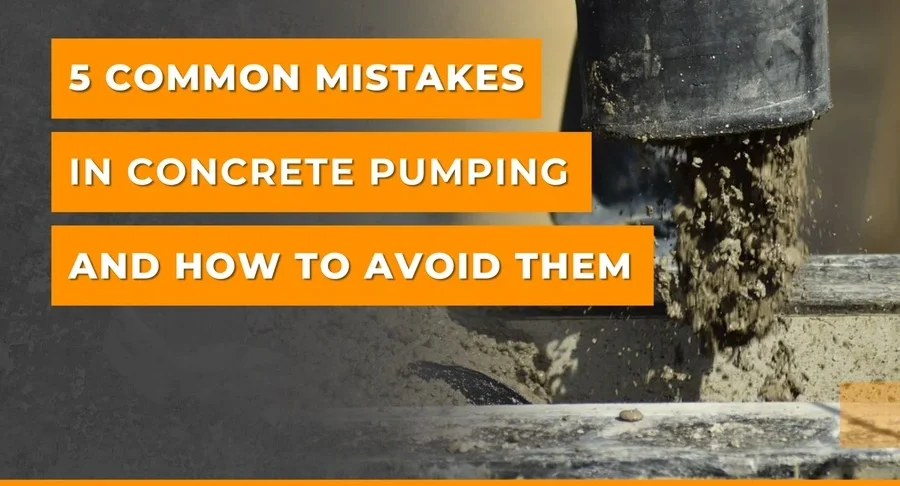How the Buildings of Tomorrow Are Being Built Today? Most of us are not focused on construction, let’s be honest. We walk on some sidewalks, live in a home, go to work, and drive across bridges w...
Enhancing Water Retention in Building Materials
Water retention is a pivotal factor in the durability, strength, and overall performance of a building material. Whenever building, whether it's bricklaying, pouring or plastering, water retention dur...
Self Healing Concrete: The Future of Sustainable Construction
Concrete surrounds and supports us from the structural shells we call buildings, to the bridges we cross, and the roads we drive on every day. Concrete forms the backbone of the modern world as we kno...
How to Make Concrete More Sustainable?
Concrete - the defined structure of our built world. It is the most used construction material in the world and manifests itself in a variety of ways - from large high-rise buildings to small sidewalk...
Sprayed Concrete – Efficient Construction Techniques
Introduction In the fast-moving world of construction today, time-effective means of construction that do not hamper quality are highly sought after. One of the most fun and widely utilized methods...
Fiber Reinforced Plastic (FRP): What is it and How is it Used in Construction?
If you're familiar with today's industry-leading construction materials, you've likely come across the term Fibre Reinforced Plastic (FRP) more than once. FRP is one of those materials that quietl...
The Application and Research of Steel Fiber Reinforced Concrete
Concrete is one of the most frequently employed materials in the building sector. It is robust, long-lasting, and reasonable to handle. But every material has its shortcomings including concrete, espe...
The Functions of Starch Ether in Mortar
In the field of construction, small ingredients can have a significant impact on the process. One such ingredient is starch ether - more specifically, hydroxypropyl starch ether. While the name do...
What Is Concrete Testing and Why Is It Important?
Concrete is one of the Key materials used in the construction process. Be it bridges , skyscrapers, road residential buildings or in any construction project always concrete has played an important ro...
Concrete Spalling: The Causes, Control, Repair & Protection Methods
Concrete is one of the most common construction materials because it is strong, durable and inexpensive. Although concrete is strong and durable, it is not indestructible. One of the most common issue...
Plum Concrete: Properties, Benefits, and Uses
Concrete has historically served as a principal material used in construction as the structural foundation of many buildings throughout the world. Concrete is relied upon for many structures, whether...
Polypropylene Fiber Reinforced Concrete: Properties and Uses
Introduction Concrete served as the foundation upon which modern construction was laid, and it has been of enormous importance due to its high strength, durability, and versatility. Traditional...
The Best Temperature to Pour Concrete
Concrete is among the most commonly used construction materials; its strength and durability depend largely on the temperature when pouring and at the time of pouring. If the weather is too hot or...
What Is the Specific Gravity of Cement and Why Is It Important?
Cement is integral in determining how strong and durable the structure will be, regardless of whether it is a skyscraper, a bridge, or even a small house. Therefore, understanding the basic mixtur...
Self-Compacting Concrete: Stronger, Smoother, Faster
Concrete nature is cementing the building industry in the modern era. Originally concrete laid traditionally has demanded an immense manual workload to reach compliance in its placing and compaction a...
Key Factors to Consider When Choosing the Best Cement for Durability
Cement is the backbone of each and every construction. It truly is important since it must provide basic strength, stability, and long-standing durability for any formwork. While choosing the righ...
What Are the Factors Affecting Concrete Pumpability?
Concrete pumping is a key aspect of modern construction. It helps in faster, easier, and less labor-intensive placement of concrete, although not all concrete mixes lend themselves well to pumping....
How to Increase the Bond Strength of Mortar?
Mortar plays an indispensable role in construction. By binding bricks, stones, or other materials together, it is able to impart strength and durability to the structure. But have you even given thoug...
What Happens If Concrete Freezes During Curing Time?
Concrete is one of the most widely used elements in the construction process. It is known for its strength, versatility, and durability. However, one of the biggest challenges that the concrete fac...
Best Concreting Practices in Hot Weather
Hot weather adds a new factor of difficulty to the construction of concrete. High temperatures, low humidity, and strong sunlight can hasten evaporation of moisture, which may result in premature sett...
5 Common Mistakes in Concrete Pumping and How to Avoid Them
Concrete pumping is an indispensable service for many construction projects-whether residential, commercial, or industrial. It is one useful and fast way of delivering concrete to difficult-to-access...
The Pros and Cons of Using Concrete Blocks in Home Construction
In building one's dream house, the materials used come in a close second in importance when compared to design. Concrete blocks are quite common in the construction of houses, especially in areas o...
What Is Concrete Restoration? Why Is It Important?
Concrete, one of the most used construction materials across the globe, is the pillar upon which many structures we depend on daily buildings, roads, bridges, and other forms of infrastructure stand....
5 Advantages of Fiber-Reinforced Concrete for Modern Construction
FRC, with its unique formulations, can be made to behave, to an extent, like normal concrete to an extent in their cured states. Water content can make or break your experience with conventional con...
Types of Concrete in Construction and Its Applications
Concrete is undoubtedly the most usable structural material in the construction industry today; throughout society, both for their man-made buildings in which we dwell, and for travel, such as roads a...
Foam Concrete – Materials, Properties, and Advantages
Foam concrete, also known as cellular concrete, lightweight concrete, is a material that has become very appealing to the construction and civil engineering industries. Very low density, between 400 a...
Ultra-High Performance Concrete (UHPC) and its Applications
What is Ultra-High Performance Concrete? Ultra-high performance concrete, or UHPC, is a next-generation construction material that yields a prime strength, durability, and resiliency performance co...
What is Precast Concrete? Its Types and Advantages
Precast concrete is a construction material that has revolutionized the way we build structures by providing fast, durable, and versatile options. This blog will outline the uses, types, advantage...
Fibre Reinforced Concrete: Properties, Benefits and Applications
Since ancient times, the use of concrete has been the backbone of construction activities. The combination of strength, permanence, and versatility, its advantages as a material in all types of buildi...
Types of Concrete Additives and Their Uses
Concrete is one of the most widely used construction materials around the world owing to its durability, strength, and versatility. The properties of concrete can sometimes even be improved or modifie...






























